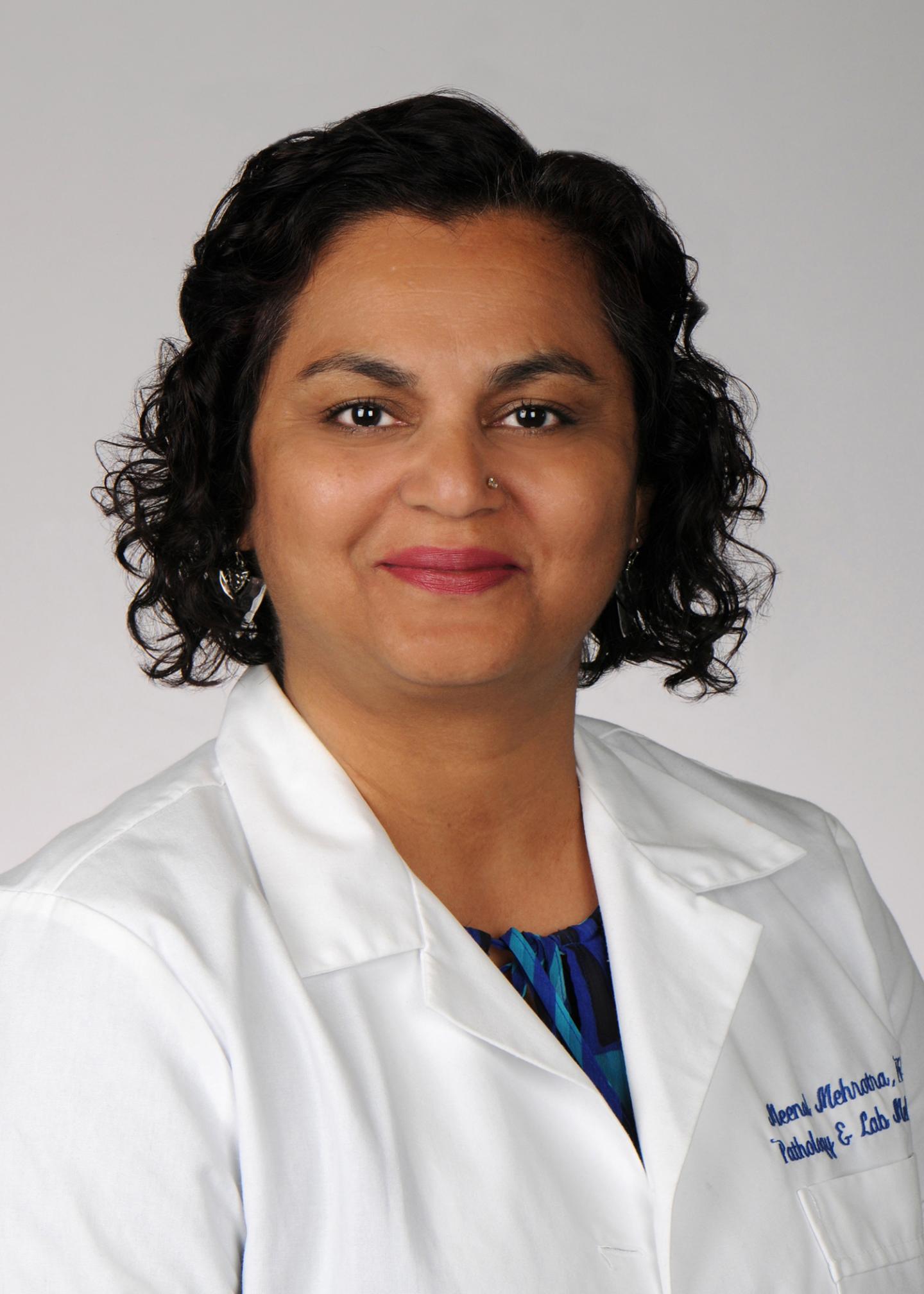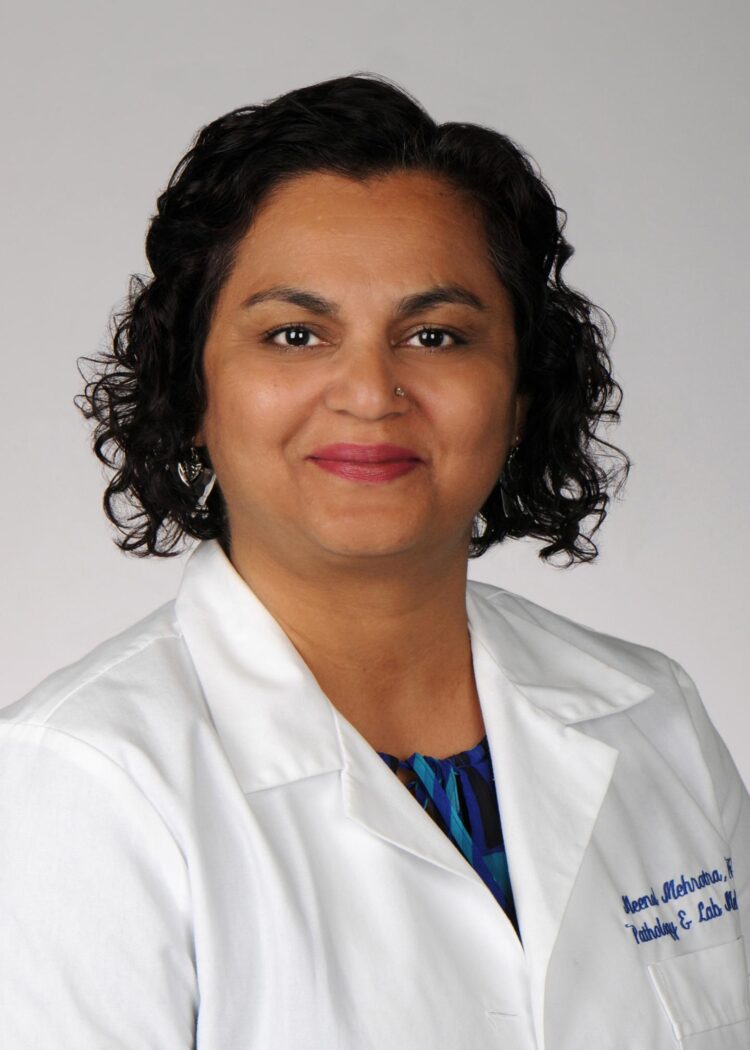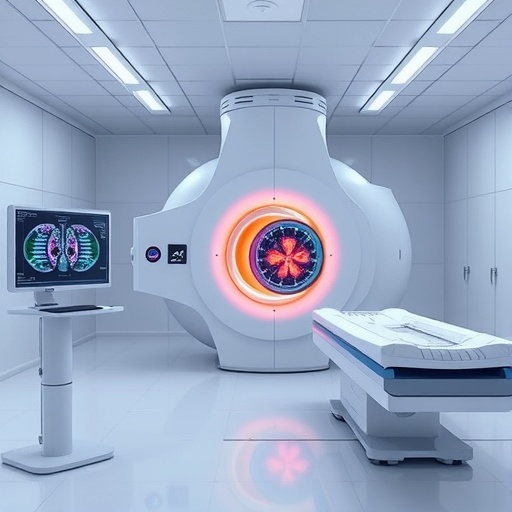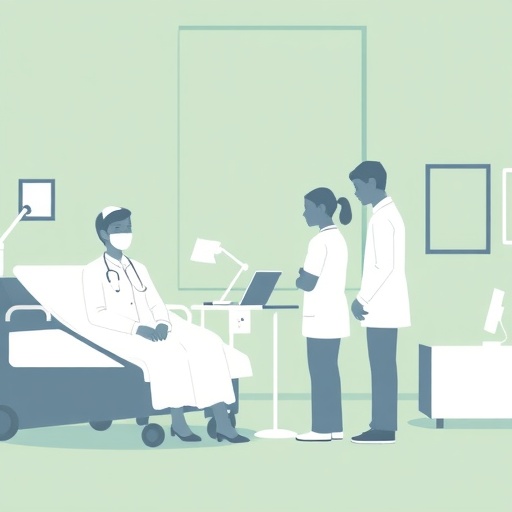By studying the controversial idea that hematopoietic stem cells could give rise to osteoblasts, researchers at MUSC Health aim to address the root cause of brittle bone disease

Credit: Anne Thompson, MUSC Health
Most people can expect to break close to two bones in their lifetime, but those with osteogenesis imperfecta — also known as brittle bone disease — can break hundreds of bones before they even hit puberty. And while healthy bones can break from a hard fall or a bad car wreck, there may not be an apparent reason at all with brittle bone disease.
Classified as a rare disease, osteogenesis imperfecta, or OI, affects 6-7 people out of every 100,000 live births and can range in severity depending on the specific mutation. And while there are currently few treatment options and no cure, Meenal Mehrotra, M.D., Ph.D., and her lab recently published promising findings in the journal Stem Cells to address this knowledge gap.
Mehrotra, assistant professor in the department of pathology and laboratory medicine at MUSC Health and principal investigator on the paper, points to a mutation in the collagen gene as the major cause of the weak bones that come with OI. “Collagen is the matrix, or backbone, of our bones,” said Mehrotra. “And when it’s mutated, our bones become very brittle and break very easily.”
In addition to building bones and holding them together, collagen is a protein found in blood vessels, organs, corneas and teeth, which means brittle bone disease can affect a person’s eyesight and bone health and can even affect their hearing. Unfortunately, current treatment options focus on the symptoms of OI rather than the cause, and the medications in use can have long-term side effects.
For her study, Mehrotra went back to the beginning — she looked at osteoblasts, the cells that produce collagen. “Mutated osteoblasts produce mutated collagen,” she said. But if she can replace the osteoblasts, she can change the collagen produced and thus the bone that stems from it.
Osteoblasts and osteoclasts are critical to bone growth and remodeling. As a dynamic tissue with constant turnover, bone requires consistent communication between its cells. Osteoblasts form new bone, and osteoclasts reabsorb old or damaged bone; both functions are needed to keep bone strong. By replacing damaged or mutated osteoblasts with healthy ones, Mehrotra and her lab offer an option with a therapeutic promise. While current results show effectiveness in animal models, Mehrotra hopes to translate her results to people in the future.
Current dogma points to mesenchymal stem cells (MSCs) as the origin for osteoblasts, but MSC transplantation has not resulted in long-term success as a treatment option. Hematopoietic stem cells (HSCs) usually give rise to blood cells and osteoclasts, but Mehrotra hypothesized that they could give rise to osteoblasts too.
And that idea led her to investigate HSC transplantation in mice with brittle bone disease.
Not all biologists agree that HSCs can give rise to both blood cells and bone cells, so Mehrotra considers her hypothesis controversial. “There have been few studies on this topic in the past,” she said. “It’s not that people haven’t speculated on this before, but so many scientists disagree each time it is discussed that it has not been studied in detail.”
Mehrotra spent much of her paper detailing how she confirmed that only HSCs were responsible for the results of her study. Using a clonal population of HSCs from mice that expressed green fluorescent protein (GFP) only in their osteoblasts, Mehrotra and her lab conducted lineage tracing studies. These studies established hematopoietic stems cells as cells that can differentiate into osteoblasts, which then brought about clinical improvements in mice with OI.
This method of clonal HSC transplantation was developed by Mehrotra’s mentor Makio Ogawa, M.D., Ph.D., who was a professor in the pathology department at MUSC Health before retiring. His method of ensuring that the clonal population was only of HSCs and did not contain any MSCs allowed Mehrotra to be confident in her results.
To transplant the characterized HSCs, Mehrotra’s lab first irradiated the mice to remove their current bone marrow and make room for healthier cells. The new HSCs were then transplanted through an IV into the mice, where they gave rise to collagen-producing osteoblasts. Mehrotra found that this process replaced about 20 to 40% of osteoblasts in the long bones of the mice, which is higher than percentages seen with MSC transplantation and thus shows long-term success.
“We think this has potential as a curative therapy,” Mehrotra said. “By replacing the abnormal osteoblasts with normal ones that can then secrete normal collagen, we’re aiming for a therapy that could result in an actual cure.”
More research is needed before the technique can become a therapeutic option for patients, but Mehrotra says this is a promising start. By replacing osteoblasts, she offers a therapeutic opportunity that is not dependent on a specific mutation but simply on a mutation being present, which means it could potentially be translated to other forms of OI and other bone diseases in the future.
Mehrotra hopes to study HSC transplantation as an auto-transplantation strategy moving forward. There are two significant forms of transplantation: auto-transplantation and allotransplantation. In auto-transplantation, cells or organs are removed from one person and then transplanted back into that same person. In allotransplantation, the cells or organs come from another person, which carries the risk of rejection or graft-versus-host disease. Mehrotra proposes that by using CRISPR-Cas9 technology, scientists can correct the collagen mutation in the OI patient’s HSCs, before transplanting these corrected HSCs back into the same patient’s system, where they can form normal, collagen-producing osteoblasts.
By performing this study, Mehrotra addresses the controversy surrounding the potential of HSCs giving rise to osteoblasts. She hopes more researchers will consider the promise of hematopoietic stem cells in bone diseases, and she hopes to continue to help patients with such debilitating bone diseases like OI lead a higher quality of life.
###
About MUSC Health
As the clinical health system of the Medical University of South Carolina, MUSC Health is dedicated to delivering the highest quality patient care available while training generations of competent, compassionate health care providers to serve the people of South Carolina and beyond. Comprising some 1,600 beds, more than 100 outreach sites, the MUSC College of Medicine, the physicians’ practice plan and nearly 275 telehealth locations, MUSC Health owns and operates eight hospitals situated in Charleston, Chester, Florence, Lancaster and Marion counties. In 2020, for the sixth consecutive year, U.S. News & World Report named MUSC Health the No. 1 hospital in South Carolina. To learn more about clinical patient services, visit muschealth.org.
Media Contact
Heather Woolwine
[email protected]
Related Journal Article
http://dx.





